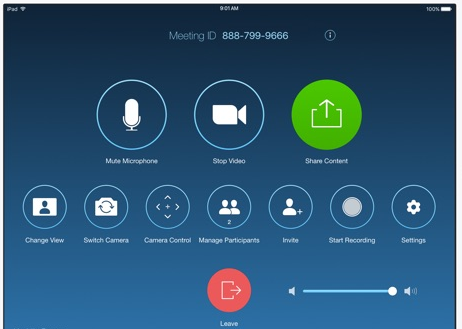Security researchers discovered recently that the Zoom video conferencing app is affected by vulnerabilities that can be exploited to spy on users, escalate privileges on the system, and capture Windows credentials. The company says it’s working on patching these flaws.
Several experts have shown how a UNC path injection issue can be exploited by hackers to steal a user’s credentials.
The universal naming convention (UNC) path is used in Windows for accessing shared network folders and printers on the local network. The problem is that these UNC paths become clickable when posted to the Zoom chat. If a user clicks on a specially crafted link that points to an attacker’s server, their NTLM username and password hash are sent to that server. The attacker — assuming they can crack the password hash — can then use these credentials to launch SMB relay attacks.
 One researcher pointed out that attackers could also deliver UNC paths that execute a malicious file that is already present on the victim’s system. The same researcher reported that the NTLM attack also works on macOS, but requires more user interaction.
One researcher pointed out that attackers could also deliver UNC paths that execute a malicious file that is already present on the victim’s system. The same researcher reported that the NTLM attack also works on macOS, but requires more user interaction.
“At Zoom, ensuring the privacy and security of our users and their data is paramount. We are aware of the UNC issue and are working to address it,” a Zoom spokesperson told SecurityWeek via email.
In addition to this vulnerability, Patrick Wardle, a researcher who specializes in the security of Apple products, reported identifying two weaknesses in the macOS version of Zoom.
According to Wardle, Zoom’s macOS installer is affected by a flaw that allows a local, unprivileged attacker — or a piece of malware — to gain root privileges. This can be achieved by replacing or modifying a specific script that is executed as root during an install.
Wardle also discovered a code injection vulnerability that can allow an attacker to inject a malicious library into Zoom’s trusted process context. A piece of malware can leverage this to record Zoom meetings, or launch Zoom in the background and abuse it to access the victim’s microphone and webcam.
“The former is problematic as many enterprises (now) utilize Zoom for (likely) sensitive business meetings, while the latter is problematic as it affords malware the opportunity to surreptitious access either the mic or the webcam, with no macOS alerts and/or prompts,” Wardle explained.
Zoom told SecurityWeek that it’s investigating the issues identified by the researcher and is working on addressing them.
“We are in the process of updating our installer to address one issue and will be updating our client to mitigate the microphone and camera issue,” the company said.
Zoom recently updated its privacy policy after experts raised several privacy and security-related concerns. The FBI has launched an investigation after pranksters hijacked some Zoom meetings, and New York’s attorney general has reportedly launched a probe into the company’s privacy and security practices.
UPDATE. In a blog post, Zoom says it has already released fixes for the flaws discovered by Wardle and the UNC link issue. The company has also promised to enhance its current bug bounty program, and conduct a comprehensive review with third-party experts to improve security.
Related: Trojanized Zoom Apps Target Remote Workers
Related: Vulnerability Gives Attackers Remote Access to Zoom Users’ Cameras
Related: Vulnerability Allowed Attackers to Join Zoom Meetings














